Research
Search our website
Search our website by entering a keyword or choose a database above to search specifically.
Search
Showing search results 7,951 - 7,960
14,752 results found

Schoutskruisestraat 4, Ruiselede, Belgium

Schriekstraat 89, Heist-op-den-Berg, Belgium

Schranshoeve 2, Herentals, Belgium

Schuiferskapellestraat 87, Pittem, Belgium

Schouwvegerstraat 3-3A, Antwerpen, Belgium

Schraaienstraat 33, Nazareth, Belgium

Schriekstraat 70, Laarne, Belgium

Schulensebaan 14, Lummen, Belgium

Schroonhoek 26, Evergem, Belgium

Schutterijstraat, As, Belgium








